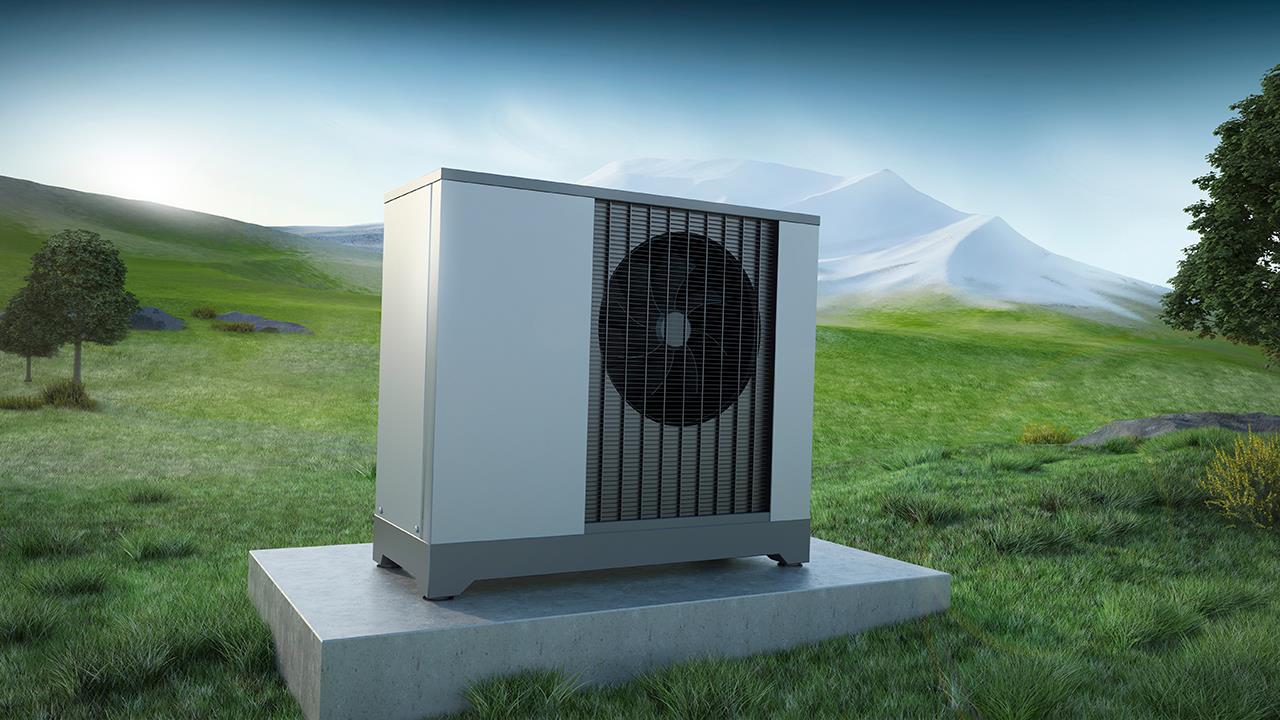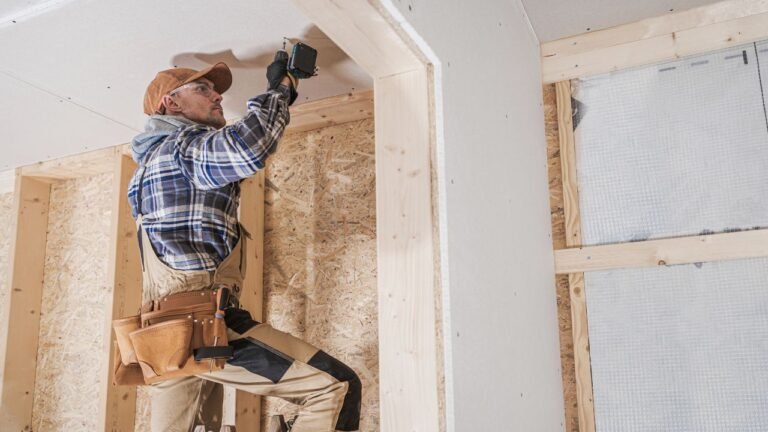
In the ongoing battle against climate change, adopting sustainable and energy-efficient technologies has become paramount. Among these technologies, heat pumps have emerged as a promising solution for heating and cooling residential and commercial spaces. However, while the benefits of heat pumps are evident in their energy efficiency and environmental friendliness, one crucial aspect that often gives pause to prospective buyers is the installation cost. Understanding the expenses associated with installation is essential for individuals and businesses, enabling informed decision-making and budget planning.
The Importance of Installation Expenses
Before examining a heat pump installation cost, it’s essential to understand its significance. These costs vary widely based on the type of heat pump, property size, existing infrastructure, and location. By estimating these expenses accurately, homeowners and businesses can determine whether installation aligns with their budgetary constraints and long-term financial goals. Moreover, understanding the cost breakdown allows for identifying potential cost-saving measures and comparing quotes from different installation providers.
Factors Influencing Installation Expenses
Several factors influence the cost of installing a heat pump system. Firstly, the type of heat pump selected plays a significant role. Air-source heat pumps remove heat from the outdoor atmosphere and are generally more affordable to install than ground-source heat pumps, which require excavation for underground heat exchange. Additionally, the size and design of the possessions influence installation costs, as larger spaces may necessitate multiple indoor units or extensive ductwork modifications. The existing infrastructure, such as electrical wiring and duct systems, can also affect expenses, especially if upgrades or changes are required to accommodate the new pump system. Furthermore, labour costs, which differ depending on local market rates and the sophistication of the process, contribute significantly to the overall expenditure.
Cost Breakdown: Components of Installation Expenses
A comprehensive breakdown of installation expenses typically includes several components. Firstly, the costs of purchasing the heat pump unit vary depending on the brand, model, and capacity. Additionally, there may be costs for ancillary equipment such as thermostats, filters, and condensate pumps. Labour costs encompass tasks such as system assembly, electrical wiring, refrigerant line installation, and testing, constituting a significant portion of the expenses. Permits and inspection fees may also be incurred depending on the installation’s complexity and local regulations. Moreover, homeowners and businesses should budget for potential unforeseen expenses, such as the need for structural modifications or unexpected complications during installation.
Regional Variations in Installation Expenses
Recognising that a heat pump installation cost can vary significantly depending on geographic location is essential. Climate, building codes, labour availability, and market demand influence regional pricing trends. For instance, areas with harsh winters may experience higher demand for pumps, leading to increased costs. Similarly, regions with stringent building codes or permit requirements may incur more expenses than areas with lenient regulations. Therefore, individuals considering installation should research local market conditions and consult with reputable providers to acquire precise cost estimates tailored to their specific location.
Cost-Saving Strategies and Incentives
While the upfront costs of installation may seem daunting, several strategies are available to mitigate expenses and maximise savings. One approach is to explore financing options, such as low-interest loans or rebates offered by government agencies or utility companies for energy-efficient home upgrades. Additionally, homeowners and businesses can use tax incentives and credits to install renewable energy systems, including heat pumps. Another cost-saving strategy is prioritising energy efficiency by selecting high-efficiency heat pump models, which may command a higher initial investment but deliver long-term savings through reduced energy consumption. Finally, obtaining multiple quotes from different providers and negotiating prices can help secure the most competitive deal.
In conclusion, estimating the cost of the installation is indispensable for people and businesses seeking to adopt sustainable heating and cooling solutions. While the upfront investment in heat pump installation may be significant, the long-term benefits of energy savings, environmental impact, and comfort make it a worthwhile endeavour in the fight against climate change.







